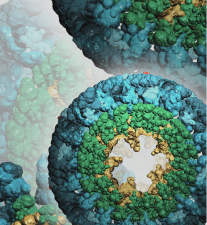
Oligonucleotide and Proteins
Global bioanalytical support for oligonucleotide therapeutic drug development.

Global bioanalytical support for oligonucleotide therapeutic drug development.
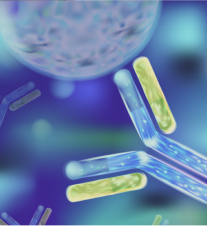
Developing, validating and implementing anti-drug antibody (ADA) immunogenicity and neutralizing antibody (nAb) assays.
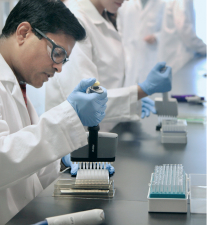
Biomarker assays established for your specific context of use.
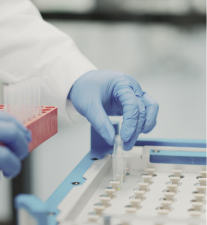
Experts in offering you bioanalytical solutions using LC-MS/MS technology.

Comprehensive, purpose-built CGT services (including PCR, Flow Cytometry, ELISpot, ADA/nAb, and Biomarkers) to support your research.
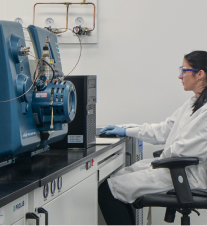
Global bioanalytical support for conjugates: ADC, PDC, AOC, and more.
Copyright © 2024 Resolian Inc. All rights reserved.

Chief Scientific Officer
Zhiyang Zhao, Ph.D., serves as Chief Scientific Officer (CSO) at Resolian. Dr. Zhao has over 30 years of pharmaceutical industry experience with special focus on drug metabolism and bioanalysis of small and large molecules in drug discovery and development. Dr. Zhao has previously held positions at Pfizer, GlaxoSmithKline, and Amgen. Before joining Resolian in 2015, Dr. Zhao served as Site Director of Preclinical Research at Amgen in Cambridge, Massachusetts, for over a decade.
Currently, Dr. Zhao serves as an Adjunct Professor at the Eshelman School of Pharmacy of the University of North Carolina at Chapel Hill, North Carolina, and as Editor-in-Chief of Drug Metabolism & Bioanalysis Letters, a journal by Bentham Science, which publishes in all areas of drug metabolism and bioanalysis. Dr. Zhao received his Ph.D. degree in Medicinal Chemistry from Virginia Polytechnic and State University (popularly known as Virginia Tech) in Blacksburg, Virginia.

Chief Executive Officer
Patrick Bennett has over 35 years of experience in pharmaceutical analysis and laboratory management. Now Chief Business Officer at Resolian, Patrick’s experience includes the roles of Strategic Marketing Director for Pharma with Thermo Fisher Scientific, LabCorp, and Vice President of Strategy and Development with PPD.
Patrick earned a B.S. degree in Toxicology and a M.S. degree in Pharmacology from the College of Pharmacy and Allied Health at St. John’s University and an M.B.A in International Marketing from the Martin J. Whitman School of Management at Syracuse University.